T-spine Mobility for Golf
Not Your Average Broomstick
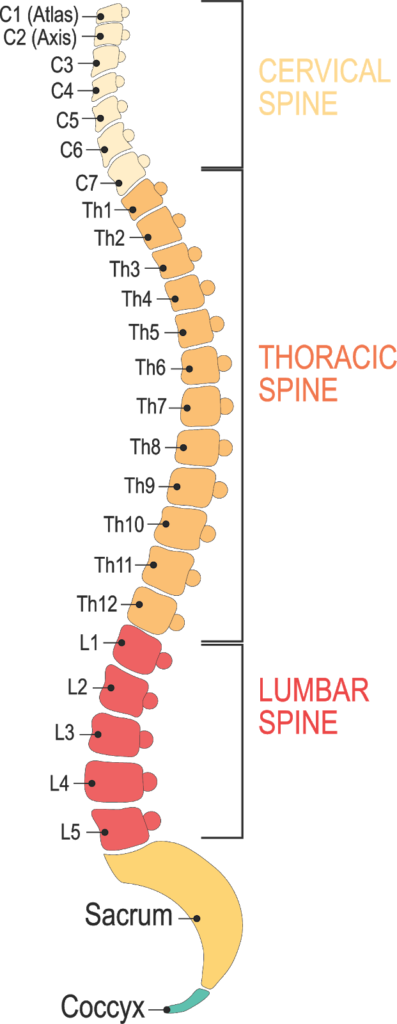
The Science of How and Why The TrueTurnPro Works
Thoracic Immobility and Its Challenges
- Increased pressure, load, and compression of the lumbar spine often results in troublesome issues with the disc in the lower back.
- Reduced freedom of movement restricts the muscle function of the core and torso.
- Limited thoracic mobility will often emerge as a variety of faulty movement patterns imitating rotation.
- Reverse Pivot
- Loss of Posture
- Early Extension
- Hip sway or slide resulting in hip discomfort
- Produces the “over the top” swing fault
- Produces the “arm swing” swing fault
- Loss of Distance and club head speed
- Incorrect Kinematic Sequence
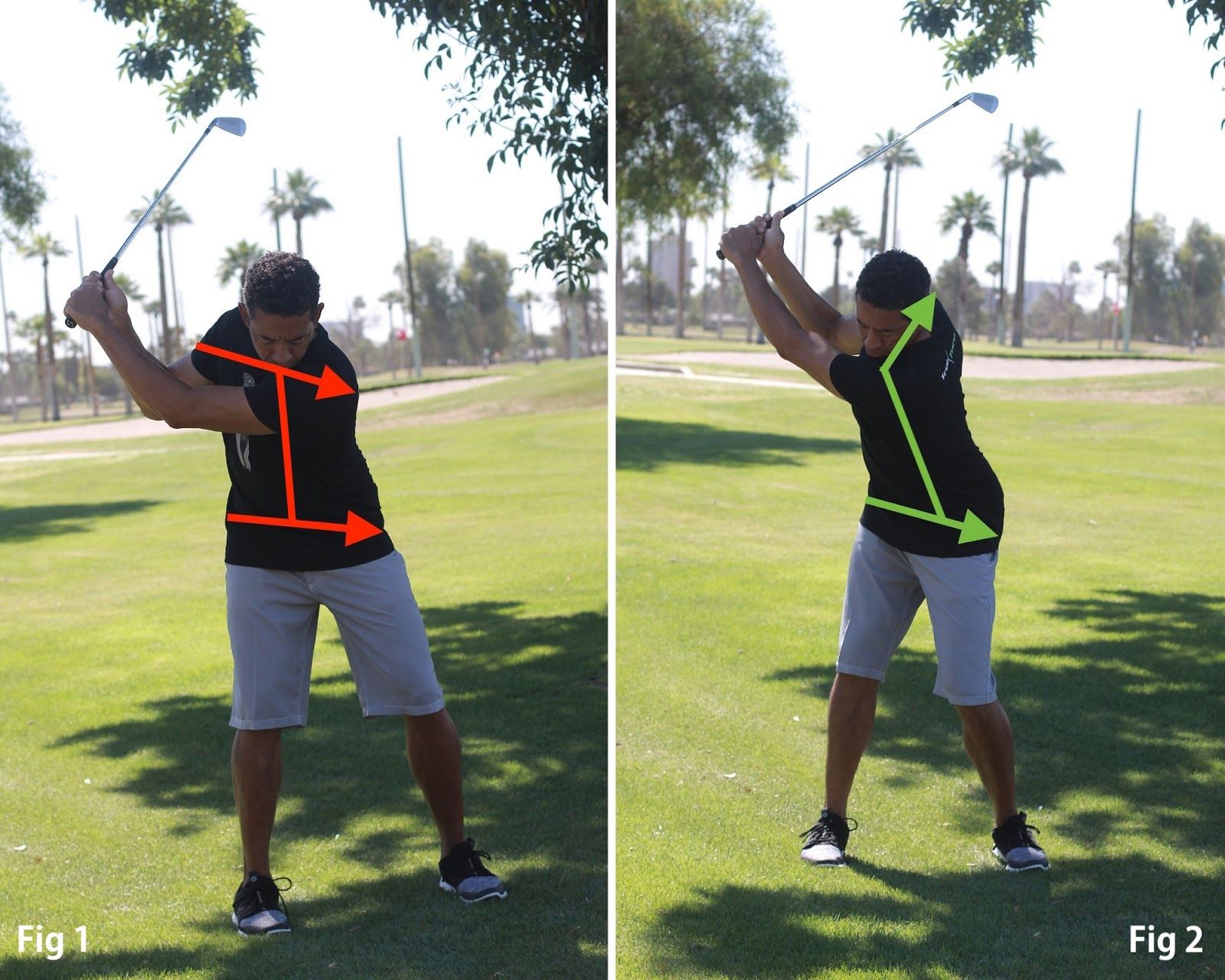
Rotation is commonly compensated with faulty movement patterns which program incorrect technique and increase the risk of injury. The physical compensation shown below in Fig 3, with the red lines display the combination of lifting the arms and also lifting the chest displaying what is known as, Loss of Posture. The loss of posture is a common faulty repetitive movement pattern which is normally an attempt to position the club parallel to the ground. Along with compromising your lower back, attempting to improperly place the club parallel to the ground will likely produce a variety of errant golf shots as well as cause two other common faulty movement patterns. The first faulty movement pattern stemming from the loss of posture position starts with the transition from the top of the backswing known as the “Over the Top” move, which is a chopping motion. This swing flaw is normally a result of an incorrect Kinematic Sequence which initiates the downswing by utilizing the upper body, typically causing an incorrect swing path. The second swing fault occurs at the impact position known as Early Extension, shown in Fig 4. Notice the red lines showing how the spine and hip angles have moved into extension at impact. This faulty movement of the hips towards the golf ball causes an array of errant golf shots and is also a sure sign of a lack of thoracic rotation.
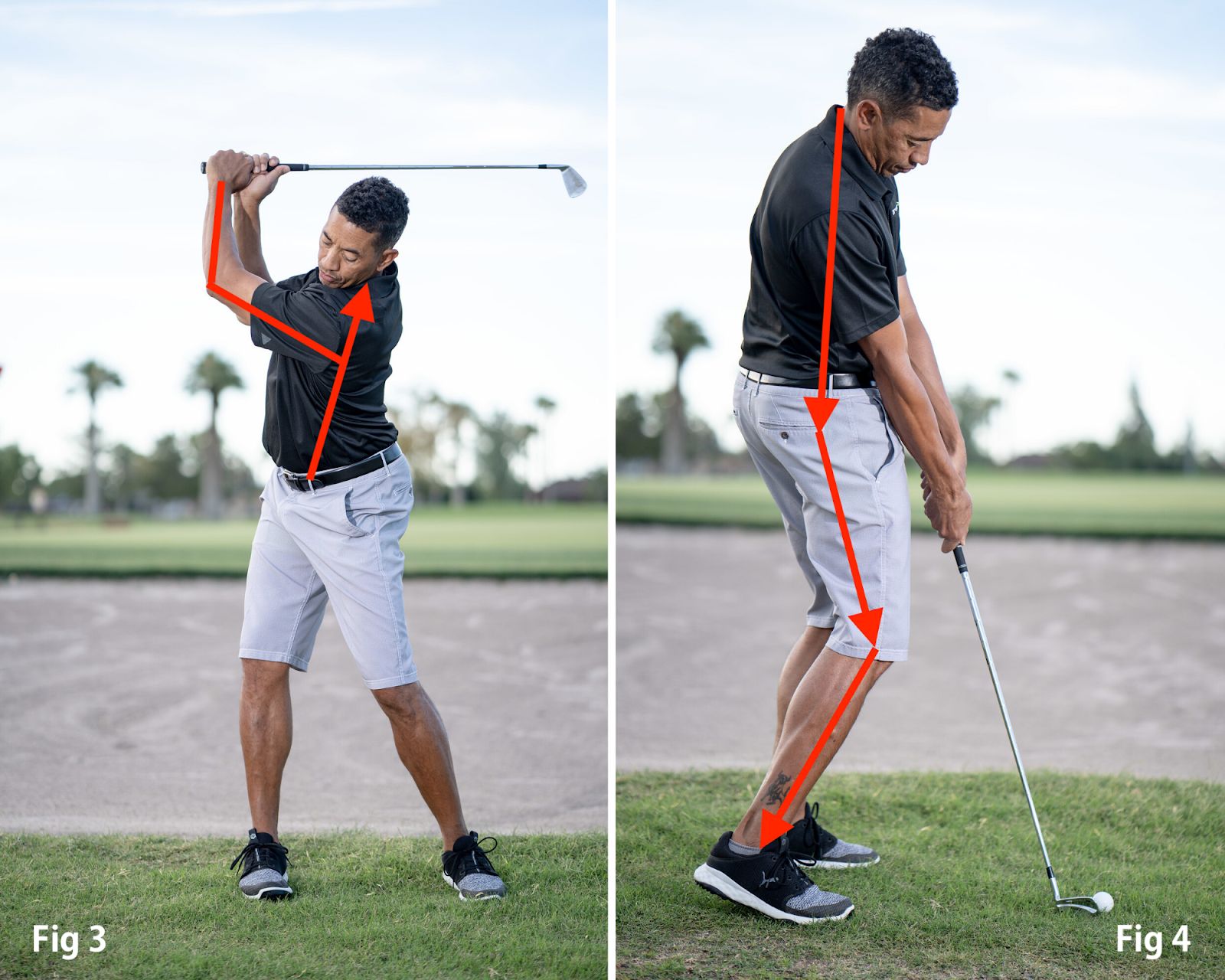
Isolated thoracic rotation has endlessly eluded and challenged most of the golf community, thereby forcing many golfers to incorrectly position the arms and the lower back. A lack of thoracic mobility can also produce pain and debilitation, potentially leading to the compression of the lumbar spine. Hence thoracic immobility is often associated with weakness, a chronic unsupported posture, a lack of physical activity (back exercises) and excessive periods of time sitting. The (Fig 5) below is the prevalent, feeble and faulty movement pattern known as the Reverse Pivot. This physical compensation places a tremendous amount of pressure into the lower back.
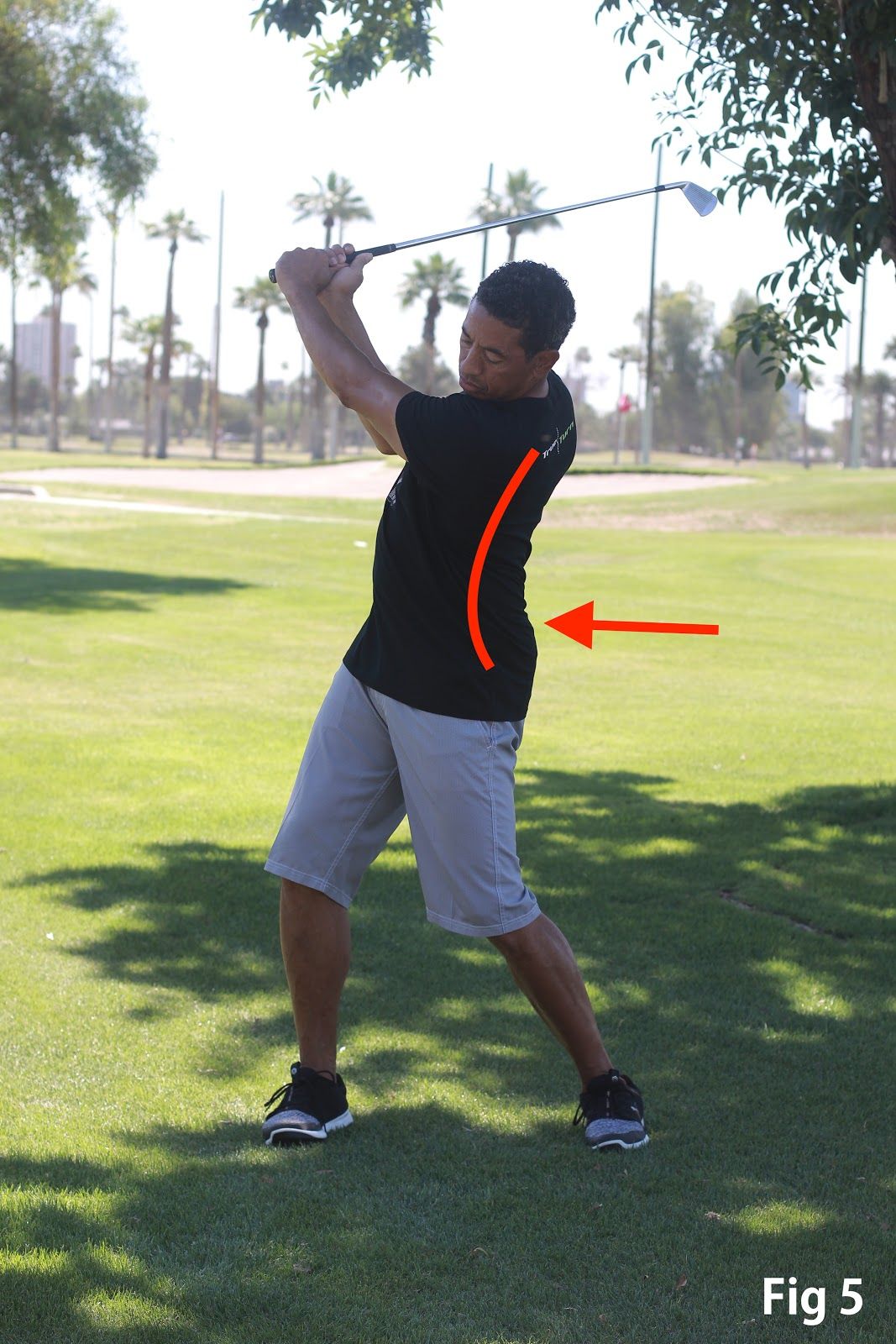
The expectation of a change in ball flight often requires a biomechanical change with swing technique, which fundamentally demands a change in physical function. This new change in swing technique will essentially involve a change in the way you use your back. Therefore the physical demands of the golf swing shouldn’t be taken lightly or for granted. Many players risk injury as they attempt to bend and twist the body in search of gaining more distance and accuracy.
The Solution
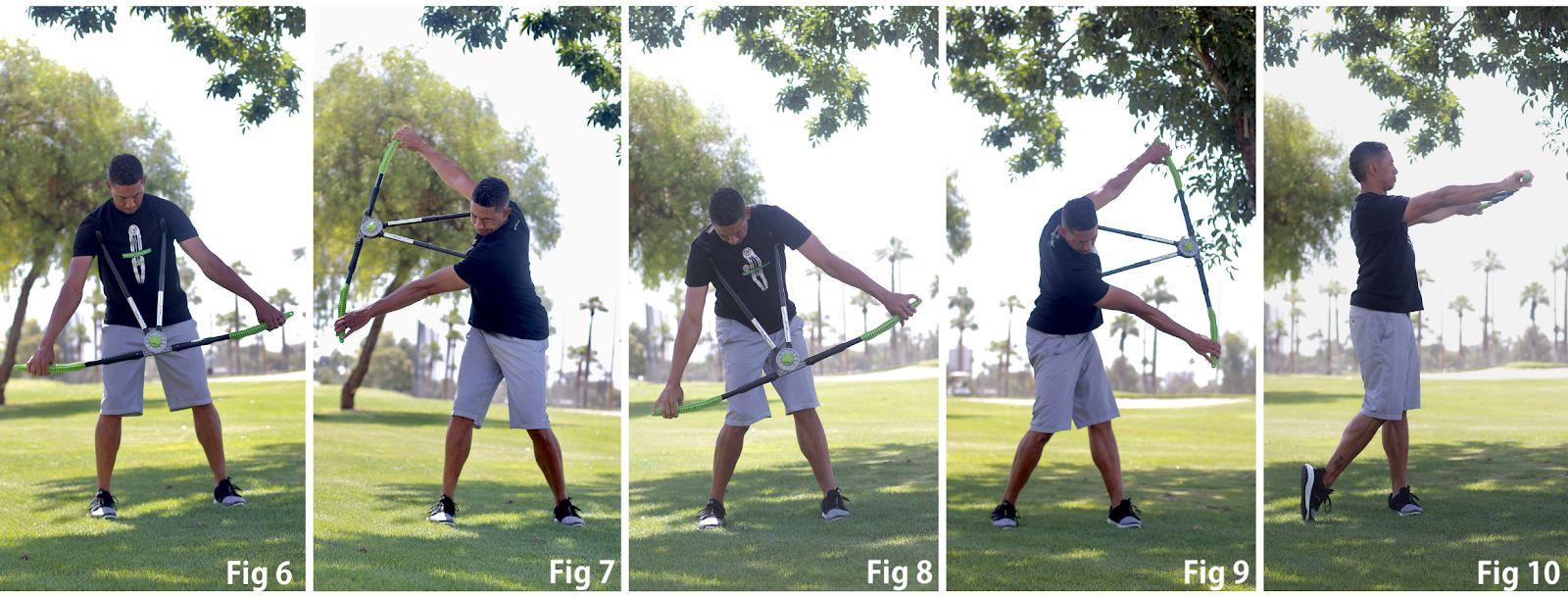
- Fig #6 Address Position with the TrueTurnPro
- Fig #7 Top of the BackSwing with the TrueTurnPro
- Fig #8 Impact Position with the TrueTurnPro
- Fig #9 Exaggerated Impact Stretch with the TrueTurnPro
- Fig #10 Follow Through Position with the TrueTurnPro
- Thoracic Mobility
- Spine Angle Stability
- Club Position at the Top of the Swing
- Impact Position
- Hip Rotation
- Swing Path
- Driving Distance and Accuracy
- Kinematic Sequence
Inventor of the TrueTurnPro
